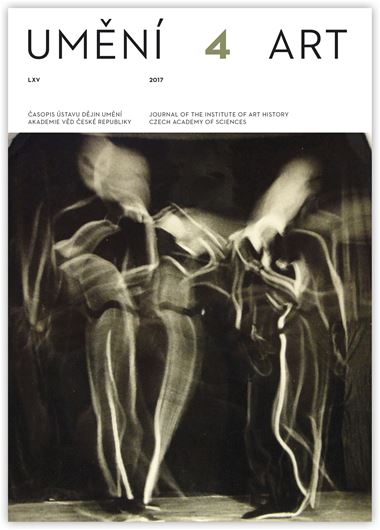Markéta Svobodová
Peter Bücking — Werner David Feist — Friedl Dickerová v meziválečném Československu. Texty tří absolventů Bauhausu
This contribution focuses on three Bauhaus graduates who worked in Czechoslovakia in the 1930s. Between the wars, Germans and Austrians arrived there in two waves: around 1930 they came primarily for existential reasons — the financial crisis in Germany was reaching its peak — while after 1933 their emigration was caused by political and racial policies. We find among them architects, designers, photographers, painters and stage designers, mostly committed left-wingers; some were only passing through Czechoslovakia, others spent several years there and left their traces in the local Czech and German press. The author has chosen three texts from different artistic disciplines — architecture (Peter Bücking), photography (Werner David Feist) and art education (Friedl Dicker Brandejs). Two of the articles — one published in the Czech left-wing journal Levá fronta (Left Front), the other in the German-Hungarian periodical Fórum — were written in the 1930s, in the pre-war period when the avant-garde advocated a radical reconstruction of society and the use of new techniques and technology. The third, a typescript with a theoretical analysis on how to teach art to children, was written during Friedl Dicker’s imprisonment in the Terezín ghetto after the break-up of Czechoslovakia. The article is nevertheless imbued with the humanist ideals of the previous years. This Austrian artist tried to apply new educational ideas to make life more bearable for the children in the ghetto. All three texts document the plurality of the intellectual currents of that time. Their authors have one thing in common — study at the Bauhaus. The radical left-wing architect Bücking, the more complex and industrially focused graphic artist Feist, and the psychologically oriented artist and teacher Friedl Dicker are here presented side by side.
Full-text in the Digital Library of the Czech Academy of Sciences:
https://kramerius.lib.cas.cz/uuid/uuid:c8b3fadd-796d-456c-b890-01aa607eb253
< back

